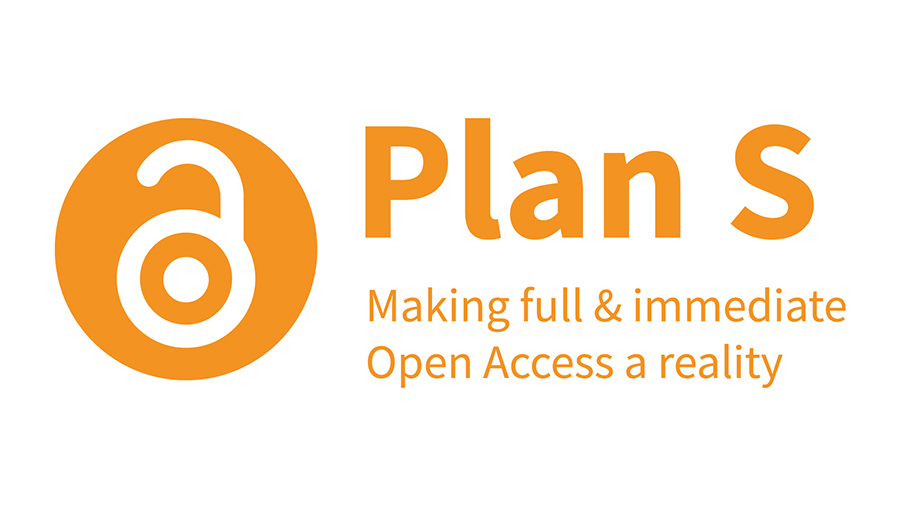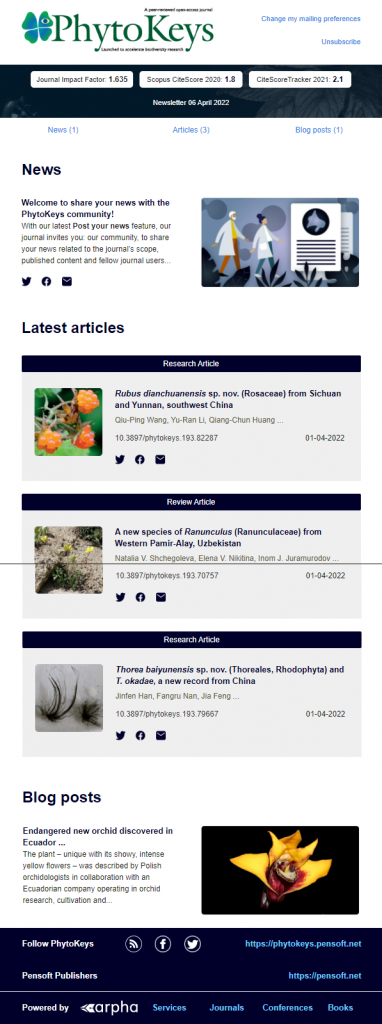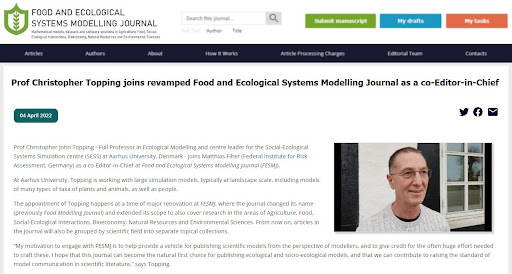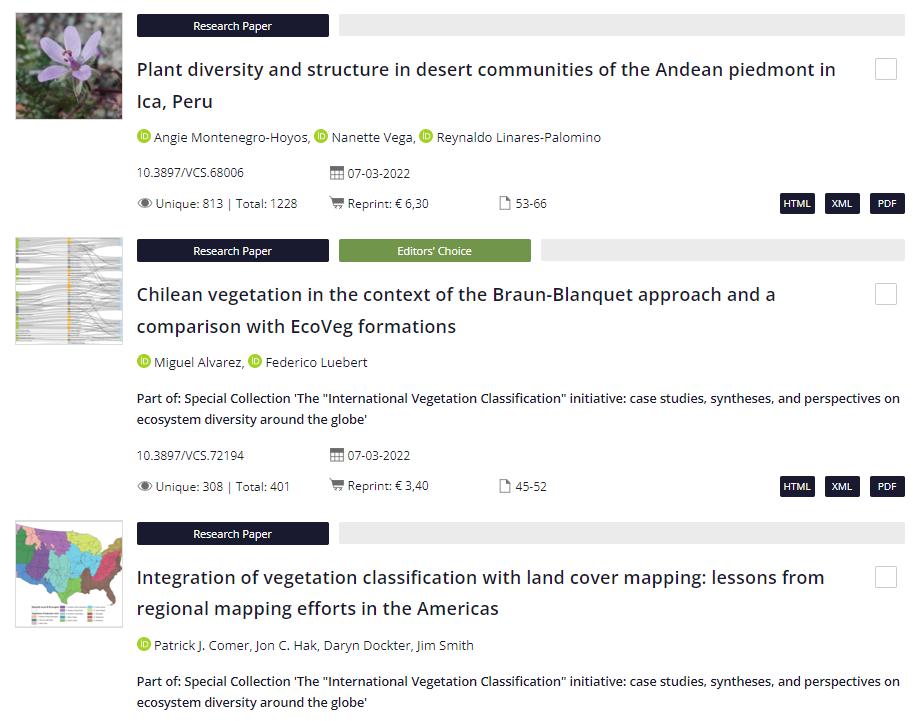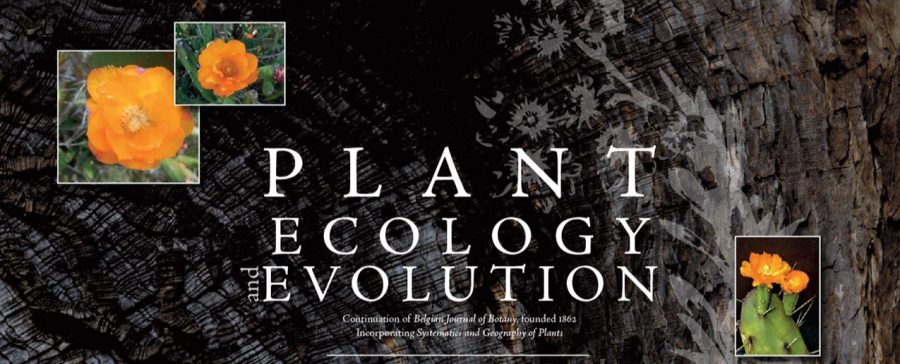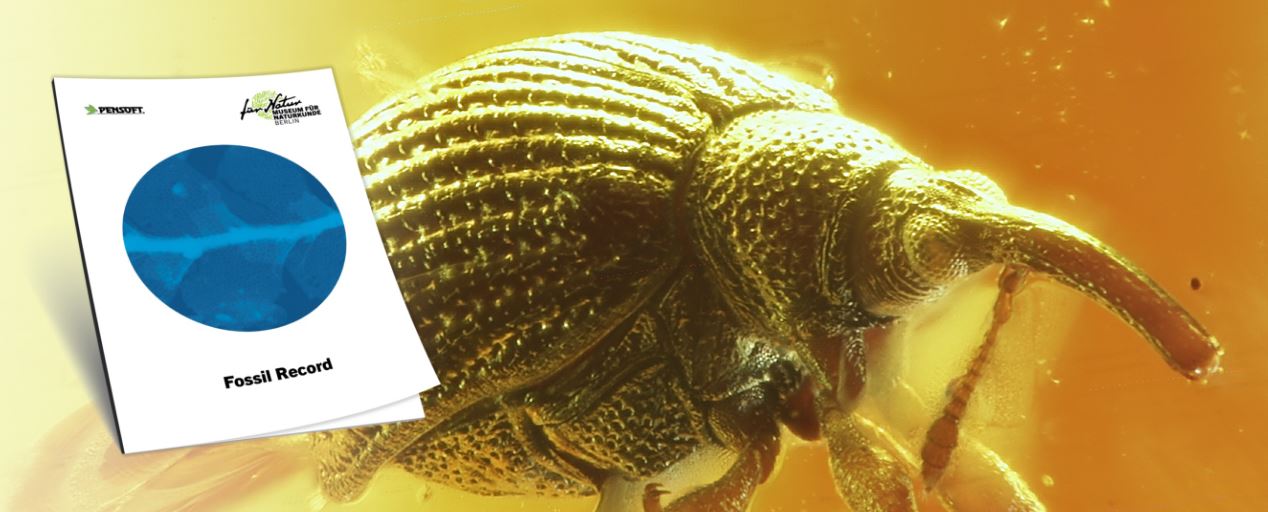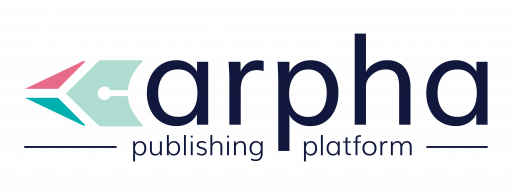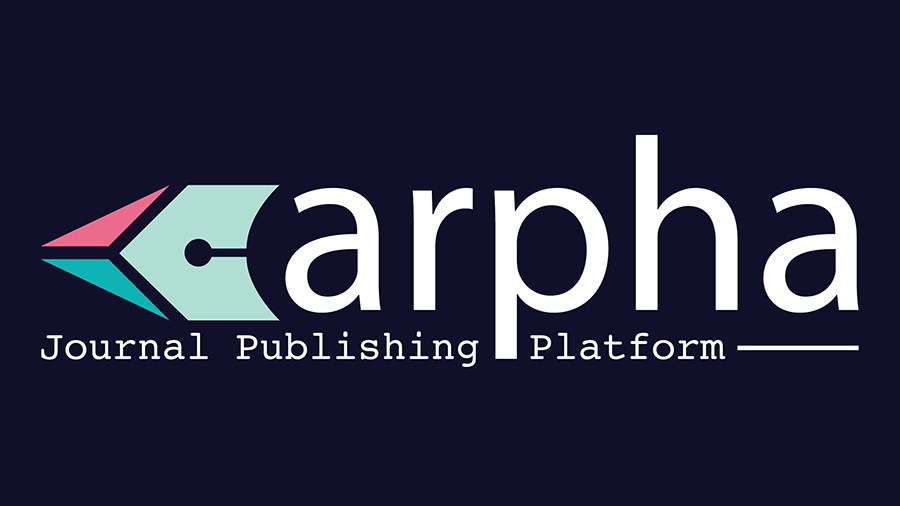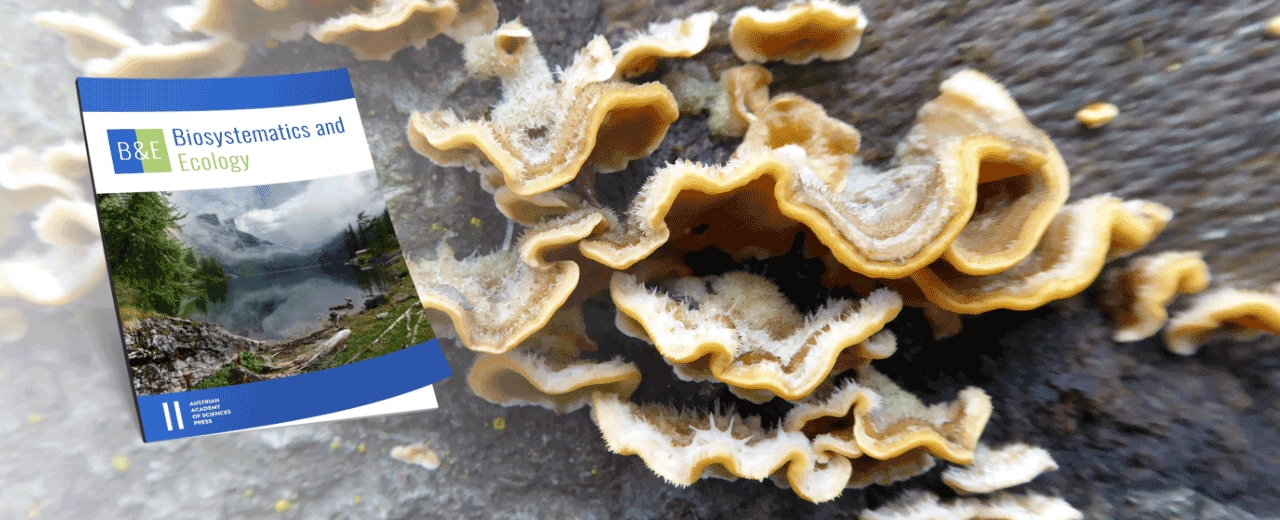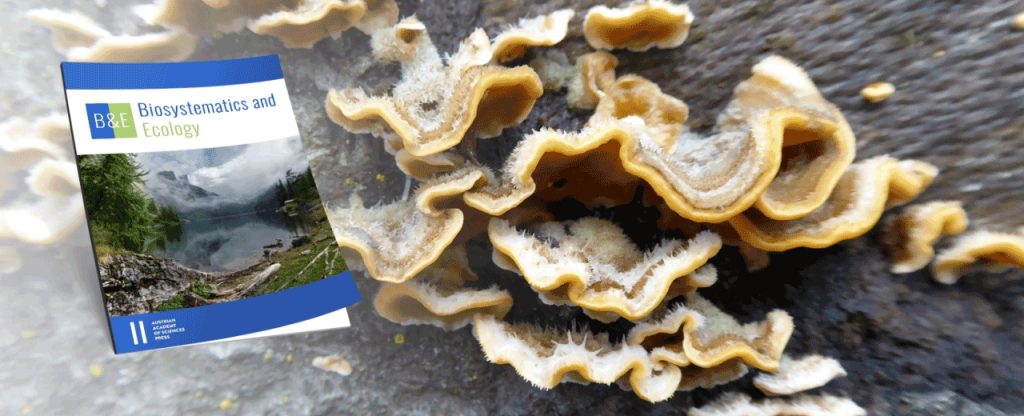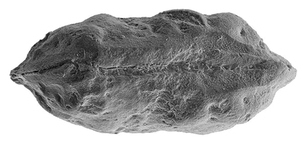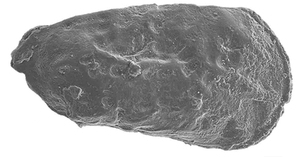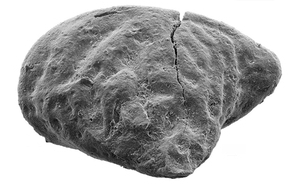In support of transparency and openness in scholarly publishing and academia, the scientific publisher and technology provider Pensoft joined the Journal Comparison Service (JCS) initiative by cOAlition S, an alliance of national funders and charitable bodies working to increase the volume of free-to-read research.
As a result, all journals published by Pensoft – each using the publisher’s self-developed ARPHA Platform – provide extensive and transparent information about their costs and services in line with the Plan S principles.
The JCS was launched to aid libraries and library consortia – the ones negotiating and participating in Open Access agreements with publishers – by providing them with everything they need to know in order to determine whether the prices charged by a certain journal are fair and corresponding to the quality of the service.
According to cOAlition S, an increasing number of libraries and library consortia from Europe, Africa, North America, and Australia have registered with the JCS over the past year since the launch of the portal in September 2021.
While access to the JCS is only open to librarians, individual researchers may also make use of the data provided by the participating publishers and their journals.
This is possible through an integration with the Journal Checker Tool, where researchers can simply enter the name of the journal of interest, their funder and affiliation (if applicable) to check whether the scholarly outlet complies with the Open Access policy of the author’s funder. A full list of all academic titles that provide data to the JCS is also publicly available. By being on the list means a journal and its publisher do not only support cOAlition S, but they also demonstrate that they stand for openness and transparency in scholarly publishing.
“We are delighted that Pensoft, along with a number of other publishers, have shared their price and service data through the Journal Comparison Service. Not only are such publishers demonstrating their commitment to open business models and cultures but are also helping to build understanding and trust within the research community.”
said Robert Kiley, Head of Strategy at cOAlition S.
***
Journals using the ARPHA Platform as a white-label publishing solution to publish their journal(s) under their own label should note that it is the responsibility of the journal owner publisher to submit journal data to the JCS. This means that it is only journals published on ARPHA and associated with Pensoft that have been automatically featured in the JCS.
However, the ARPHA team is ready to assist journals using the platform’s white-label publishing to provide details to cOAlition S and the JCS.
***
About cOAlition S:
On 4 September 2018, a group of national research funding organisations, with the support of the European Commission and the European Research Council (ERC), announced the launch of cOAlition S, an initiative to make full and immediate Open Access to research publications a reality. It is built around Plan S, which consists of one target and 10 principles. Read more on the cOAlition S website.
About Plan S:
Plan S is an initiative for Open Access publishing that was launched in September 2018. The plan is supported by cOAlition S, an international consortium of research funding and performing organisations. Plan S requires that, from 2021, scientific publications that result from research funded by public grants must be published in compliant Open Access journals or platforms. Read more on the cOAlition S website.

